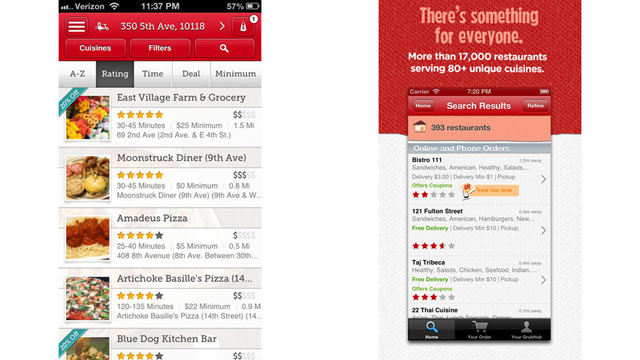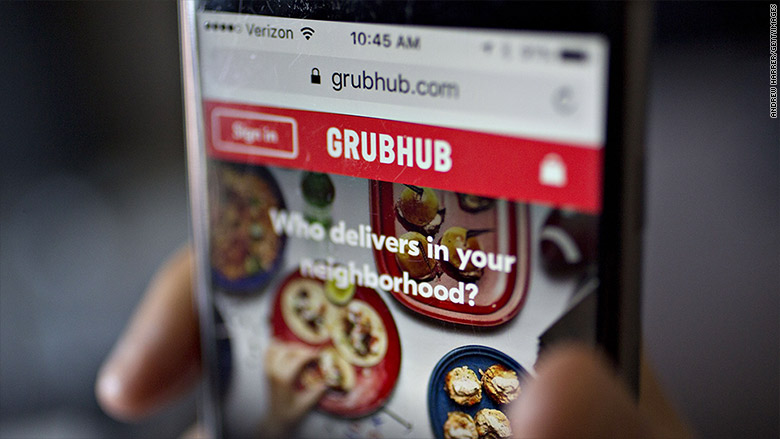

In response, Grubhub and its subsidiary Seamless have launched an online petition targeted at consumers. That date is probably a long way in the future, as there’s still no timeline for the return of any indoor dining in New York City. New York City Council met last week to consider extending the rule until 90 days past the date on which restaurants are allowed to serve indoor diners at 100-percent capacity. New York’s cap on delivery fees-which totaled 20 percent, including 5 percent for marketing and 15 percent for delivery-was originally set to expire in September, the New York Post reports. It has become clear in the last couple of weeks that the tech companies don’t plan to accept these changes without a fight: Uber and Lyft threatened to cut off service in California, and Grubhub launched a petition protesting the “food delivery tax” in New York City. If the pandemic accelerated lawmakers’ efforts to reign in the platforms-and make life a little easier for their drivers and restaurant clients in the process-it also placed real limits on the delivery apps’ potential profit margins. At the same time, California lawmakers’ long-term push to force platforms like UberEats and DoorDash to classify their drivers as employees began heating up. By June, New York, Los Angeles, San Francisco, Washington, D.C., Seattle, and others had all set commission limits, generally ranging from 15 to 20 percent of a diner’s total order. Others took the fight to city council.īut it wasn’t until this year, when the pandemic began, that many cities began moving to impose (temporary) fee caps on the platforms. Some slipped notes into their customers’ meals imploring them to call instead of ordering online.


Even before the Covid-19 pandemic slammed the door closed on indoor dining and forced many restaurants to pivot to delivery, business owners were openly revolting against high-commission platforms like Grubhub and Seamless.


 0 kommentar(er)
0 kommentar(er)
